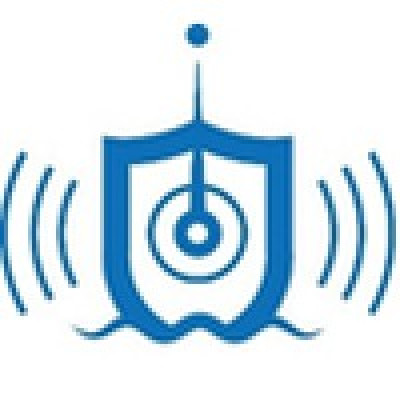Share
Print

Offshore Monitoring Ltd is a maritime company specializing in the development of several maritime and offshore technologies. We have an extensive R&D portfolio including coordination of 10 large Horizon 2020 and Horizon Europe projects over the last years. We offer a full package of professionals, including marine advisors and end-user specialists, technical management, and designated proposal writers. Our experience is well-suited for this challenge.
Interoperability for border and maritime surveillance and situational awareness
TOPIC ID: HORIZON-CL3-2024-BM-01-02
Programme: Horizon Europe Framework Programme (HORIZON)
Call: Border Management 2024 (HORIZON-CL3-2024-BM-01)
ExpectedOutcome:
Projects’ results are expected to contribute to some or all of the following outcomes:
Increased border surveillance capability, better performing and more cost-efficient, with data and fundamental rights protection by design;
Improved surveillance and situational awareness of sea borders, but also of maritime infrastructures as harbours and commercial and civilian maritime security, including in key areas such as the Arctic;
Improved multi-level, multi-authority and cross-border (among Member States and Associated Countries practitioners) collaboration thanks to better interoperability of sensing, analysis and C2 systems.
Scope:
Authorities performing surveillance of maritime borders and maritime wide areas use a range of technologies, and receive a range of information, to monitor wide areas, detect threats or crises, and respond to them. However, these inputs are not always merged into common command-and-control (C2) systems that can inform rapid decision-making.
The proposed solution(s) should allow improved interoperability (at both back-end and front-end levels), independently of the supplier of the equipment, and ideally interchangeability that enables exchange of information among authorities that use different systems. Compatibility and integration with other information sharing environments, including the Common Information Sharing Environment (CISE) is essential in order to support the cross-sectoral and cross-border exchange of information.
The proposed solution(s) can include the design of open architecture C2 systems, including open standards for APIs and bias-free data models.
The proposed solution(s) should enable simultaneous connection of different sensors (or of different data, or of different assets, depending by the module) by different suppliers, the flexible tasking and monitoring of surveillance assets like RPAS, and the visualization and manipulation of the data in a single user interface in a seamless way. This will support practitioners to exploit their technology stack in an agnostic way.
The proposed solution(s) should allow for seamless connectivity between C2 systems from different authorities, and at different coordination levels; include cybersecurity measures and information access segregation capabilities; include concepts of operation, standard operating procedures and common lexicon for joint operations using interoperable systems through the proposed solution(s).
While the project will mainly focus on enabling capabilities through interoperability and interchangeability, proposals that in the process aim at advancing certain technological components, and integrating them into the solution, are welcome.
Assuming the project delivers on its goals, EU and Member States authorities should plan to take up the results of the research when compatible with applicable legislation using the financial support of the Border Management and Visa Instrument (BMVI).
Improving energy efficiency and environmental impact aspects of new security technologies for this capability (e.g. low environmental footprint, low emissions, circular economy aspects and/or self-sustained equipment) would be desirable.
Examples of technologies and approaches that can be explored by the research projects include (non-prescriptive and non-exhaustive): open architecture; user interface and experience; artificial intelligence; UxV; wide-area and long-endurance RPAS and integrated, wide-area RPAS cooperative tasking and management; remote sensors (such as LIDAR or FMCW) on UxVs; vessels-as-sensors; advanced mesh connectivity; automated analysis of abnormal or non-cooperative vessels’ behaviour; Virtual and Augmented Reality; standardized mission data models for RPAS tasking and monitoring, ; and/or over-the-horizon detection technologies.
Research projects should consider, build on (if appropriate) and not duplicate previous research, including but not limited to research by other relevant EU Framework Programmes projects on security research. Proposals should also clearly demonstrate how they aim to complement and avoid overlaps with actions undertaken in the European Defence Fund and its precursors (the European Defence Industrial Development Programme (EDIDP) and the Preparatory Action on Defence research (PADR)), based on the information publicly available[1] and while maintaining a focus on civilian applications only.
Please, find the following page to get more information regarding this call.
